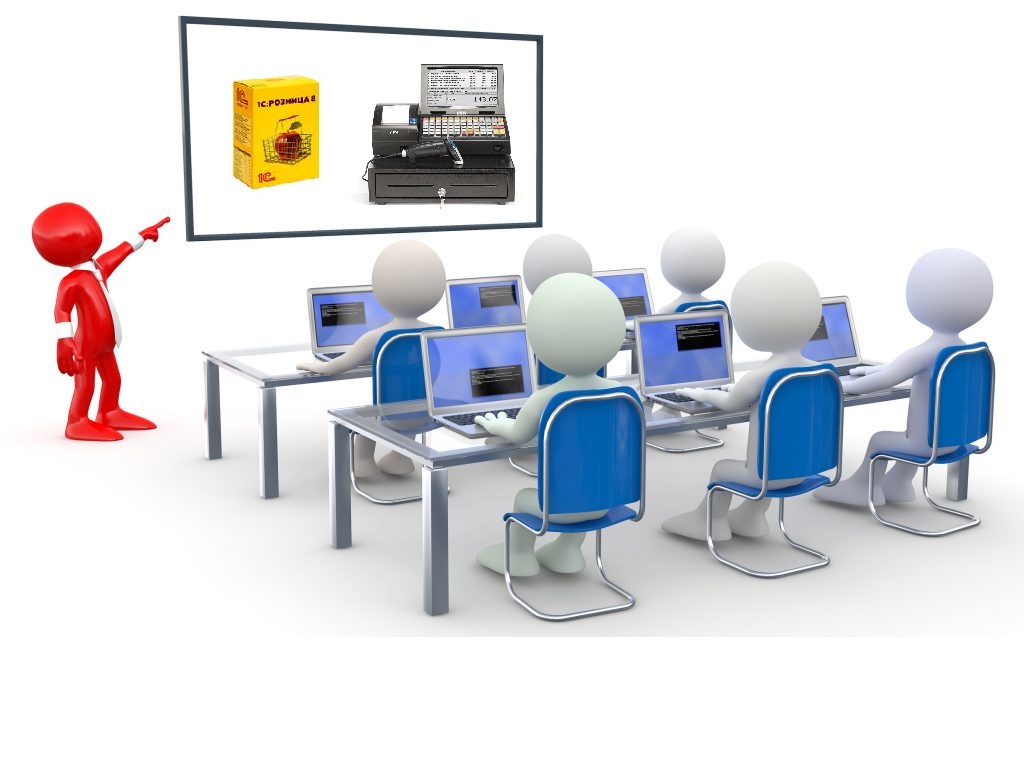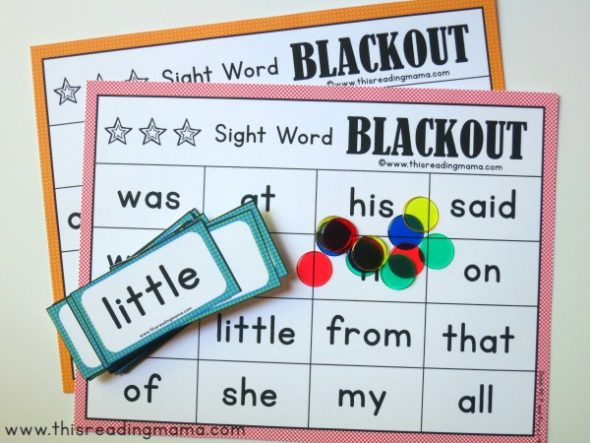
It is not a secret that in Cogat test prep our mercantile time science does not belong to the prestigious among young people, deciding: who to be? This is influenced by objective circumstances – inattention of the state to the “knowledge industry”, poor logistics, low wages.
Hence the low prestige of science in society. We can also talk about a subjective factor: many of the young people present research work as not very interesting occupation in the laboratory jungle. And some young people, who are not averse to testing themselves in the scientific field, have doubts about their abilities: whether they are talented enough to successfully “chew on the granite of knowledge”.
Motivation, desire, will
Creative abilities in themselves are not “converted” into achievements. It takes motivation, desire and will. Motivation is divided into external, not related to the nature of the work, and internal – meaning, when the content of the activity is interesting and enjoyable.
The audience can be surprised, but it is possible if the listeners are familiar with the situation, in which new information brings crucial importance. For example, we will not be surprised by a new sports record if we don’t know the previous one. Another option is to surprise the audience with the solution of a riddle. The difference between scientific puzzles and detective work is that the author of the latter creates a mystery before solving it.
Researchers are considering another attractive aspect of the scientific work: you can promise someone who enters the temple of science that there he will find satisfaction with his desire for something eternal and immortal. At least, this often appears in the works of poets, philosophers different kinds of verbs and scientists.

Researchers note that to ensure the successful development of science, the state must ensure the creation of conditions in which the position of the worker of this sphere will not only be well provided financially – the scientist must occupy a high and prestigious place in society.
It is considered that the art in Italy of Renaissance epoch has reached unprecedented peaks (Rafael, Titian, Michelangelo, Leonardo da Vinci, Botticelli) because in this country in the epoch of its economic prosperity the society was formed which highly appreciated the fine arts, understood and supported the most talented its representatives. Also in Great Britain of the end of XIX – beginning of XX centuries a galaxy of outstanding physicists (Maxwell, Relay, Thomson, Rutherford) owes its appearance to the public which appreciated and supported the activity of scientists.
Among the motivations of a professional scientist are the publication of books and articles in prestigious publications, monetary rewards (often inferior to prestigious motivations), in particular, obtaining profitable contract works and orders, recognition by colleagues, assessment by his own bosses and leading authorities, belonging to the leading professional circles, position held, scientific degree, prestigious business trips.











